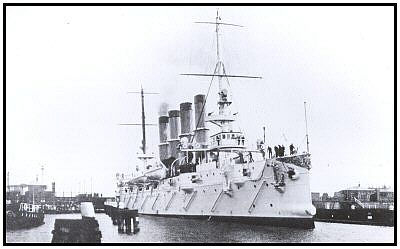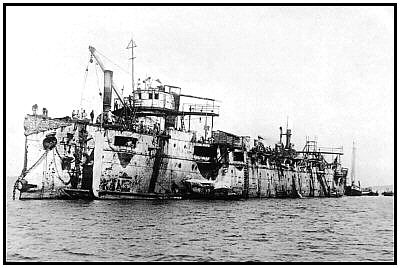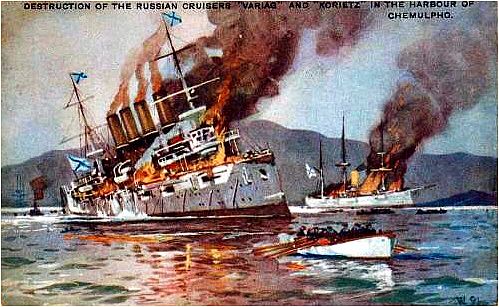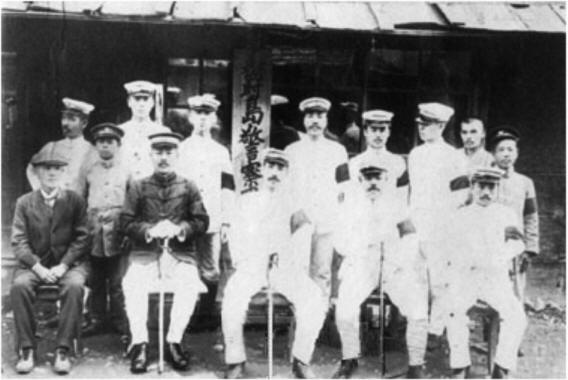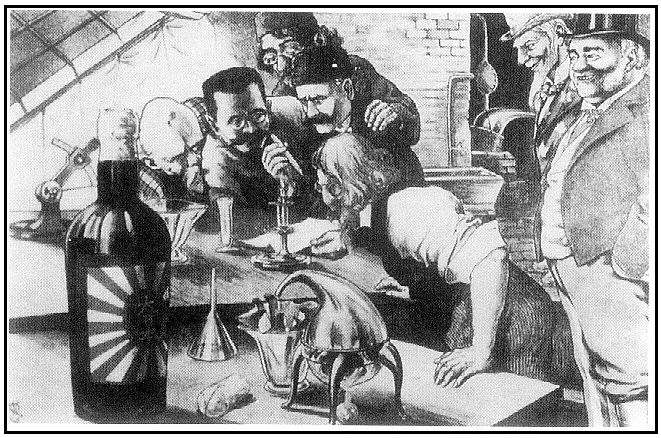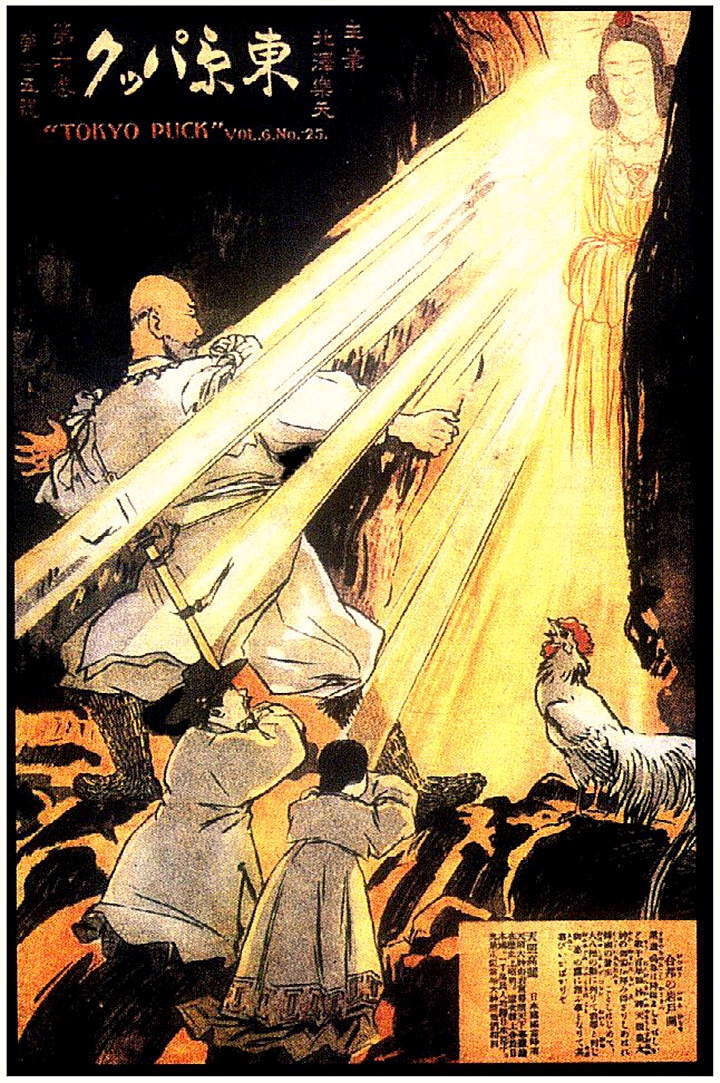 Japan’s MOFA’s policy in their claim toward the Dokdo -Takeshima dispute involves their deliberate omission of their actions in Korea prior to, and during Dokdo’s annexation.
Japan’s MOFA’s policy in their claim toward the Dokdo -Takeshima dispute involves their deliberate omission of their actions in Korea prior to, and during Dokdo’s annexation.
In depth books in English detailing what was happening in Korea in this dark era are few and in between. By citing some reliable sources it can be made clear, Japan’s illegal incorporation of Dokdo was not a singular, isolated incident but rather a link in a chain of events leading to the annexation of the entire Korean peninsula.
The purpose of this page is to make it clear that Japanese agression in northeast Asia was well under way before the Japanese “incorporated” Dokdo. A paragraph explaining the origins of Japan’s foreign policy can be found.
Further below, is a historical outline of Japanese involvement in Korea before and during Japan’s Shimane Prefecture Inclusion of Dokdo. The map outlines other lands Japan had annexed as her colonial empire expanded in all directions.
To the right, in a Tokyo Puck illustration, a Korean couple bow in respect as the Japanese sun godess Amaterasu shines . The Japanese man opening the rock cave is the first governor general of Korea, General Terauchi.
 To understand what Japan did in Korea/Dokdo and why they did it, we must first briefly study what happened in Japan prior to their invasion of Korea. In the 1850’s American and European warships began to arrive off Japan’s coastline. As young men, the would be Meiji leaders watched helplessly as the gunboats of Commodore Perry sailed brazenly under the coastal defenses at Edo.
To understand what Japan did in Korea/Dokdo and why they did it, we must first briefly study what happened in Japan prior to their invasion of Korea. In the 1850’s American and European warships began to arrive off Japan’s coastline. As young men, the would be Meiji leaders watched helplessly as the gunboats of Commodore Perry sailed brazenly under the coastal defenses at Edo.
The Western method of opening Japan to commerce was to threaten war against the Tokugawa Shogunate (1603-1868) should it refuse to sign trade treaties. Such treaties-usually called “treaties of free trade and friendship” were signed with China in 1842, 1858 and 1860. They were also signed with Japan in the 1850’s and with Korea in the 1880s.
Essentially these treaties were unequal contracts signed under duress- the explicit or implicit threat of force which gave the British and other Western powers rights and privileges that went unreciprocated. As explained below, the Japanese would later employ the same tactics of coercion and threats of military action to achieve the eventual annexation of the entire Korean peninsula. Above left: An artists rendering of Commodore Perry meeting the Imperial Commisioners at Yokohama
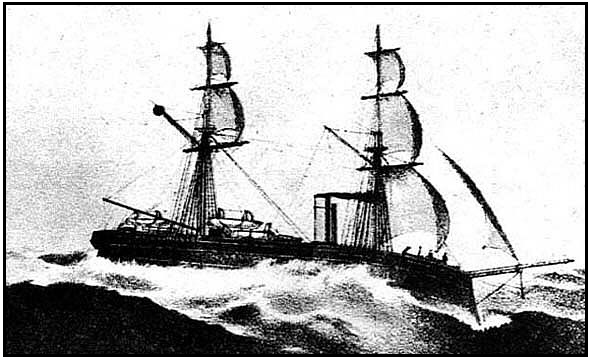 As shown, (see link) documented plans for a Japanese invasion of Korea via Ganghwando date back to at least the year 1869. On the morning of September 20, 1875 the Un-yo, a Japanese naval vessel surveying the Western coast of Korea, landed ashore a party on Gangwha Island to “request water and provisions”. When Korean shore batteries fired on the Un-yo, the Japanese response was quick and severe. The well armed Japanese army quickly annihilated the Koreans who were poorly equipped with muskets (35 were killed).
As shown, (see link) documented plans for a Japanese invasion of Korea via Ganghwando date back to at least the year 1869. On the morning of September 20, 1875 the Un-yo, a Japanese naval vessel surveying the Western coast of Korea, landed ashore a party on Gangwha Island to “request water and provisions”. When Korean shore batteries fired on the Un-yo, the Japanese response was quick and severe. The well armed Japanese army quickly annihilated the Koreans who were poorly equipped with muskets (35 were killed).
While the Japanese asserted the Korean attack was unexpected, certain facts about the incident show us the Un-yo’s landing was a deliberate attempt to provoke the Koreans into a military confrontation. This would in turn, give the Japanese “justification” for attacking Korea. To the right is an image of the Japanese Warship Un-Yo.
These following facts make it clear the attack was a calculated provocation. 1.The landing coincided with recently failed Japan-Korea negotiations in Pusan. 2.It’s not plausible the Un-yo had run out of provisions so close to home and very coincidental it happened in Korea’s most strategic location. 3. It was well-known by other nations, the Koreans had fired upon French and American vessels that also had illegally entered this region.
Three months later the Japanese (Dajokan) sent a mission to Korea. The ostensible purpose was to settle the Ganghwa incident but the real goal was to “open” Korea. The mission was headed by Kuroda Kiyotaka and he was instructed to demand indemnities for the Korean “attack” but his main job was to negotiate a treaty based on “the law of nations.”
Evidence suggests that the Meiji government was prepared to use military force against Korea if the Kuroda-Inoue missions were rebuffed, insulted or attacked. Before his departure Kuroda set forth a plan of action for the dispatch of troops to Korea in the event that “negotiations” broke down. During the meeting Kuroda made it very clear that Korea might face an invasion if it did not sign a treaty with Japan. When a supply ship arrived a few days later with a force of eight hundred men, Kuroda Kiyotaka told the Koreans there were four thousand.
In the summer of 1876 the Ganghwa Treaty was “renegotiated”. The supplemented treaty was even more unequal than the commercial treaties the Japanese had signed with the Western powers decades earlier. First, the Japanese were allowed to purchase goods with their own currency at face value, second the Koreans agreed to a complete exemption of tariffs on Japanese imports and exports and third the Japanese agreed not to levy duties on goods coming from or going to Korea.
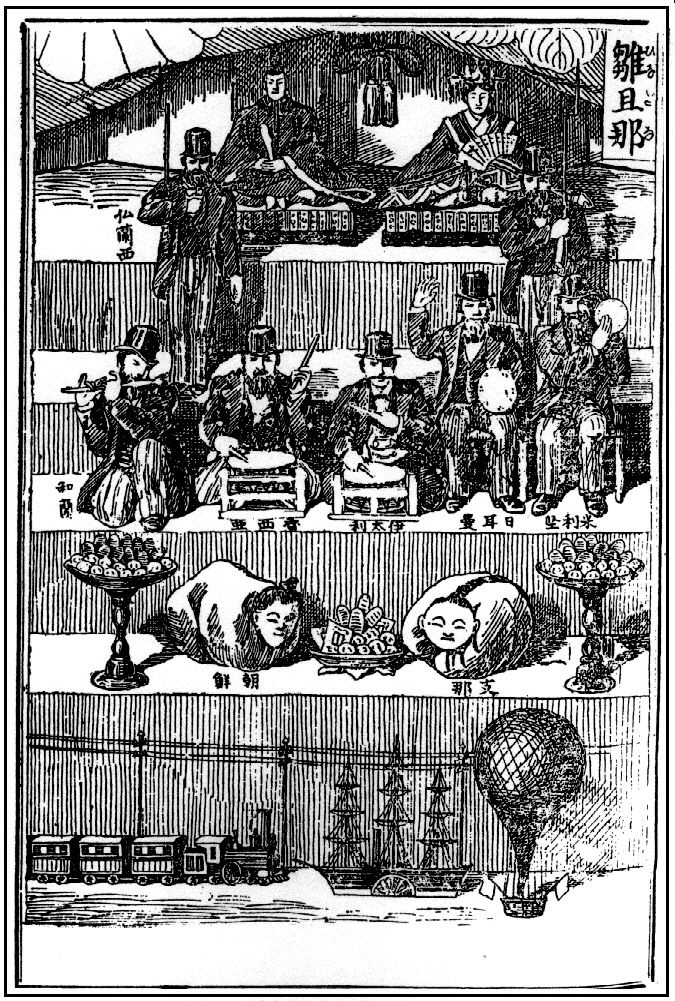 Throughout the 1880s and 1890s important events transpired that would shape Japan’s foreign policy toward Korea. In 1882 the Chulmupo Treaty would be signed by Korea and this would prove significant a years later . During the spring of 1894 there was an uprising by a rebel group known as the Tonghaks. As Chinese forces advanced toward Korea, the Japanese army general staff mobilized the Fifth Division and requisitioned several transports.
Throughout the 1880s and 1890s important events transpired that would shape Japan’s foreign policy toward Korea. In 1882 the Chulmupo Treaty would be signed by Korea and this would prove significant a years later . During the spring of 1894 there was an uprising by a rebel group known as the Tonghaks. As Chinese forces advanced toward Korea, the Japanese army general staff mobilized the Fifth Division and requisitioned several transports.
To the left, A Japanese 1878 Maru-Maru chinbun cartoon showing the countries of the world as a Doll Festival display. Japanese figures are postioned on top while Korean and Chinese dolls are at the bottom bowing deeply. (click image)
On June 10th Otori Keisuke a Japanese Minister who had landed at Incheon the day before marched into Seoul with a force of several hundred marines. The Korean government protested vigorously, but the Japanese legation brushed their protests aside, insisting on their right to protect their own citizens in time of trouble. As mentioned the unfair Treaty of Chemulpo had been signed in 1882, Article 5 of the treaty allowed the Japanese to protect their legation and the Japanese community. By the end of June the Japanese government had put 8000 men into Korea.
All throughout the Japanese presence in Korea, King Gojong attempted to offset Japanese control in the country by granting concessions such as railway, mining and logging to other nations such as Russia, America and England.
 War between China and Japan was officially declared on August 1st 1894 and the Imperial Japanese defeated the poorly armed Beiyang Army in the Battle of Pyeongyang on September 16th and quickly pushed North into Manchuria. The Imperial Japanese Navy destroyed 8 of the 12 warships of the Chinese Beiyang Fleet off the mouth of the Yalu River on September 17th 1894. The Chinese fleet subsequently retreated behind the Weihwai fortifications. However, they were then surprised by Japanese ground forces, who outflanked the harbor’s defenses.
War between China and Japan was officially declared on August 1st 1894 and the Imperial Japanese defeated the poorly armed Beiyang Army in the Battle of Pyeongyang on September 16th and quickly pushed North into Manchuria. The Imperial Japanese Navy destroyed 8 of the 12 warships of the Chinese Beiyang Fleet off the mouth of the Yalu River on September 17th 1894. The Chinese fleet subsequently retreated behind the Weihwai fortifications. However, they were then surprised by Japanese ground forces, who outflanked the harbor’s defenses.
By November 21 1894, the Japanese had taken the city of Lushunkou (Port Arthur). The Japanese army allegedly massacred thousands of the city’s civilian Chinese inhabitants, in an event that came to be called the Port Arthur Massacre. After Weihaiwei’s fall on Februaty 2 1895 and an easing of harsh winter conditions, Japanese troops pressed further into southern Manchuria and northern China. By March 1895 the Japanese had fortified posts that commanded the sea approaches to Beijing. Faced with defeat, China signed the Treaty of Shimomoseki on April 17 1895.
This treaty agreed to the total independence of Korea and ceded the Liadong Peninsula in southern Fengtian Province, Manchuria Taiwan and the Pescadores Islands to Japan in perpetuity. The map on the right details the lands acquired by Japan with the appropriate time in brackets. Japan had annexed Taiwan, Hokkaido, the Kuriles, the Pescadores, the Liatung Peninsula, Marcus Island, Bonin Islands and the Miyako – Yaeyama area all before 1900.
Russia moved almost immediately to occupy the entire Liandong Peninsula and especially to fortify Port Arthur. France and Germany also took advantage and gained port and trade concessions. Qingdao in Shandong Province was acquired by Germany and Weihaiwei by Great Britain.The Triple Intervention embittered Japan, sowing the seeds for the Russo-Japanese War of 1904-1905. The lesson of the Triple Intervention also made Japan very careful not to use tactics in Korea that might appear overly aggressive as it might cause other powers to intervene in Korea as well.
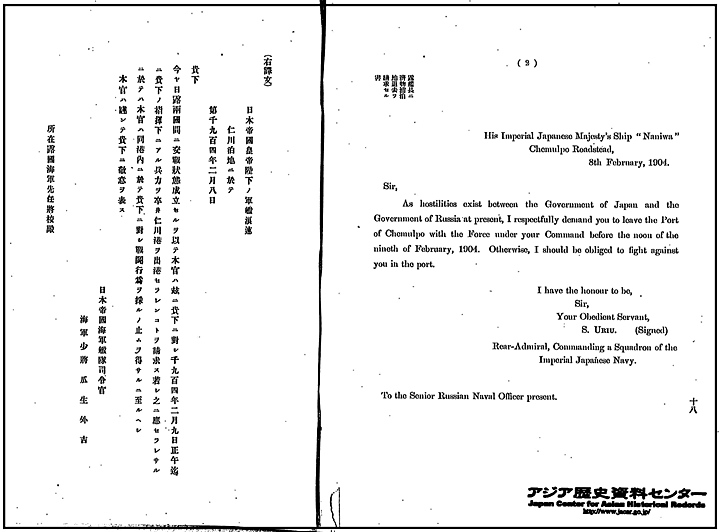 It has been asked on other forums why didn’t the Koreans protest more vigorously upon hearing Dokdo was incorporated in 1906? What was the situation prior to the 1905 Protectorate Treaty? As explained below Korea’s sovereignty and ability to protest had been long since compromised before 1905.
It has been asked on other forums why didn’t the Koreans protest more vigorously upon hearing Dokdo was incorporated in 1906? What was the situation prior to the 1905 Protectorate Treaty? As explained below Korea’s sovereignty and ability to protest had been long since compromised before 1905.
The document to the righht is a copy of the original Japanese Admiral’s letter to the Russian Navy stationed in Chemulpo (Incheon) in 1904. It was the beginning of the Russo~Japanese War. After this naval engagement both Russian vessels were scuttled, however the Japanese did not stop at Incheon. Their troops continued to advance into Seoul and after weeks of continued indimidations and coercion the Koreans signed the Japan-Korea Protocol and the next year the 1905 Japan-Korea Protectorate Treaty. (click image to read)
The Russo-Japanese War begins:
On the night of February 8 1904, the Japanese fleet under Admiral Heihachiro Togo opened the Russo-Japanese War with a surprise topedo attack on the Russian ships at Port Arthur and badly damaged two battleships. On the same day cheering Japanese residents watched a Japanese Naval squadron-one armored cruiser, five light cruisers, and eight torpedo boats-bombard two Russian warships off Palmido Island at the mouth of Incheon Harbor in Korea.
Despite all the attention it has received from historians, the attack on Port Arthur was just a covering operation for the real target of Japan’s opening move of the war, the invasion of Korea at Chemulpo (Incheon). This critical operation was given to Rear Admiral Uriu Sotokichi. About seven miles up the channel from Yodolmi the Russian cruiser Varyag and gunboat Korietz were anchored.
Unable to break past the Japanese squadron by mid-afternoon, the Korietz and the badly battered Varyag returned back to Chemulpo harbor, where both took refuge near the neutral warships. At 16:00, the Korietz was scuttled by its crew.
The top right image is of the obsolete Korietz. Despite having heavy guns she was also no match for the Japanese. The Korietz was scuttled by her crew as well. On the bottom right above is a propaganda postcard depicting the Russian scuttling of both ships to avoid capture.
To the surprise and distress of the Korean court, several Japanese units began marching toward Seoul. Afterward it took Hayashi Gonsuke two weeks to manipulate cajole and intimidate the Korean leadership into signing a protocol permitting the Japanese to undertake military operations on Korean territory. The protocol signed on February 23 1904, allowed the Japanese to occupy stragetegic areas of Korea to achieve the territorial integrity of Korea if endangered by the aggression of a third Power or internal disturbances.
To forestall any backtracking Hayashi arranged to remove all chief anti-Japanese leaders from Korea. Thus, as of February 23, 1904 about a year before the Japanese annexed Dokdo, the Japanese were “legally” allowed to place their troops anywhere in Korea. As explained, even before the formal establishment of a protectorate in Korea, the Japanese were making de facto inroads on Korean sovereignty.
Why the Japanese incorportated Dokdo sub rosa in 1905 without formally notifying any other foreign nations is clear. Throughout the early 1900s Japan’s greatest fear would be that foreign intervention would force Japan to withdraw not only her troops, but advisors from Korea, destroying all chances to influence Korea’s future. Having learned from the bitter experience of the Triple Intervention by western powers, the Japanese government was anxious to avoid provoking foreign intervention by precipitous changes. The Japanese proceded with prudence, waiting to ascertain the willingness of the foreign powers to accept a Japanese protectorate over Korea. (further details here)
Not surprisingly, Japanese Takeshima websites do not provide even basic historical or political context when describing Japan’s involvement in Korea around 1870~1905. Despite their expansionist acitivites in Korea before, and during the Shimane Prefecture Inclusion of Dokdo, some Japanese boldly insist this was a legitimate land acquisition. This denial campaign seems in line with Japan’s foreign policy on other issues of contention from her past that need to be addressed.

